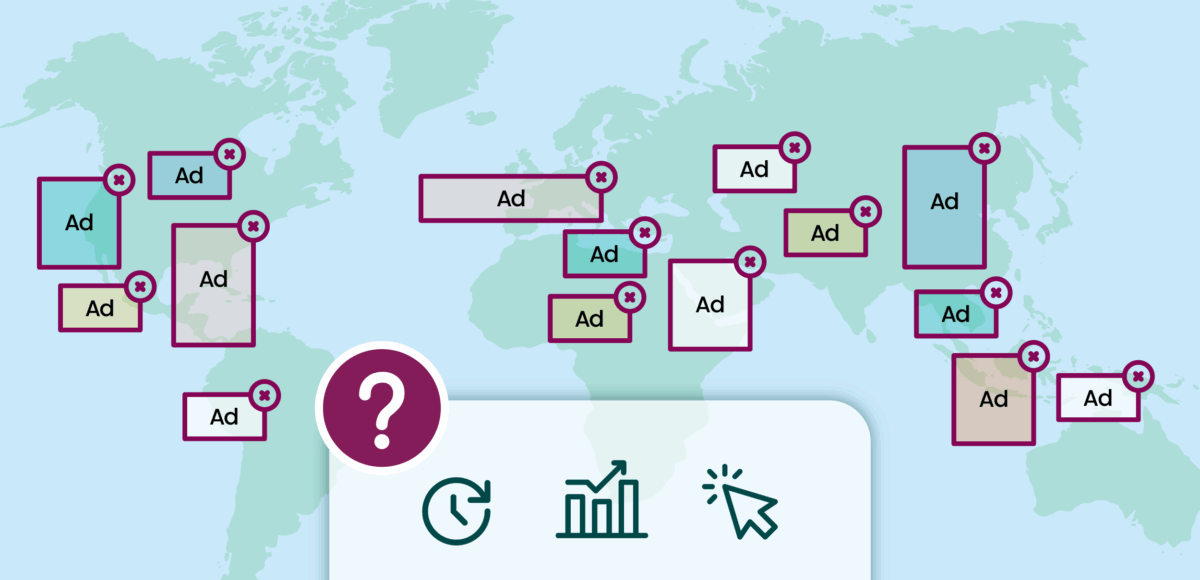We Now Know What Ad Was Served. We Still Don’t Know if it Mattered.
The IAB’s new ACIF standard brings much-needed structure to creative asset tracking in programmatic advertising. It’s a meaningful step — but knowing what was served isn’t the same as knowing if it mattered. This piece explores what ACIF fixes, what it doesn’t, and why understanding the experience of an ad is key to measuring true impact.









